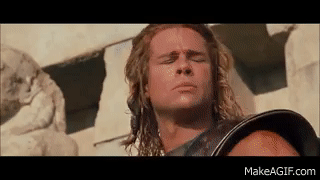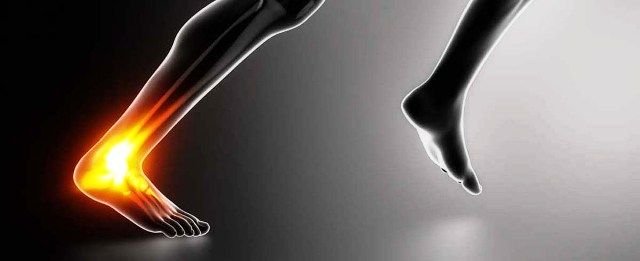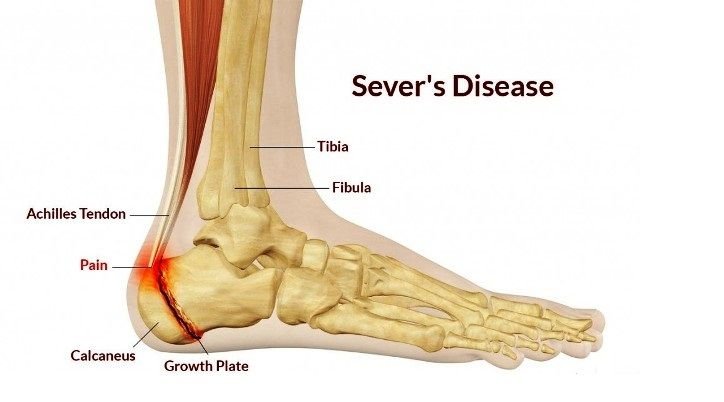.jpg)
Hey Steemians,
You probably have read or at least heard about the epic poem Iliad of Homer. The war between Early Greeks and people of Troy went on for 10 years which Homer compiled information then wrote about it 500 years later
In the 9th year, almost as the Early Greeks were losing the battle and going home, half human, half god Achilles, joined the battle alongside King Agamemnon and killed Hector, the strongest warrior of Troya for revenge. Then with an ultimate Troy Horse trick, Early Greeks seized the city of Troy and eliminated Trojans (some sources state that a very small number of Trojans fleed to Mount Ida and built Rome). Half god, half human Achilles died because he was shot with a bow, on his only weak spot, his heel...
"The spot where Achilles was shot, is the calf muscle's connecting point to the heel. This is the strongest tendon in the body. The name of Achilles tendon was inspired by this myth."
What if Achilles had sever’s disease in his heel since childhood? What if Achilles, stricken by untreated sever’s disease, pined away during the war and died, because of his disease?

Yes, we are correlate another myth to real disease. why, you ask? IDK, just enjoy it.
Today, I'm going to talk about sever’s disease and leave the judgment to you.
Sever's Disease

Sever's disease is seen in girls around the age of 8-10, and boys at 10-12. It is very unlikely that it will be seen after the age of 15. This disease is more commonly seen in boys. It is due to a compression force Heel bone’s (calcaneus) bottom-back growth plate (physeal). Bursitis in this region is a disease that affects the Achilles tendon and the tendon adhesion points.
What are the symptoms?
Especially at the ages of 8-15, it is more commonly seen in boys and teens who are very active, athletic and overweight. The actual problem of the patient is; heel pain, when walking or during sports activities which causes limping. The Achilles tendon region is pain sensitive and tense and sometimes there might be bursitis behind the calcaneus (heel bone). It is unfavorable to drain a bursa at this condition. When the patient bends his/her toes upwards he/she will feel a severe pain in the heel. Walking on the heel will be painful, while tiptoeing will be painless. Generally, it is one-sided, but it can also be double-sided.

How should be the treatment?
- Heat and cold therapies on the diseased area, activity limitations, placing soft heel pads inside the shoes and raising the heels of shoes, relieves the pain of the patient.
- Achilles stretching exercises can be done. In the cases of very severe pain, the knee and the ankle can be cast for 3 weeks, while the knee is bent, and the ankle is bent to the painless side (plantar flexion).
- Depending on the severity and the response to treatment of the disease, 2 weeks to 2 months of progressive excessive physical activity can be permitted.
- The children with sever's disease should be treated with cold compress therapy to the heel, after physical activity and sports treatments.
)
references:
